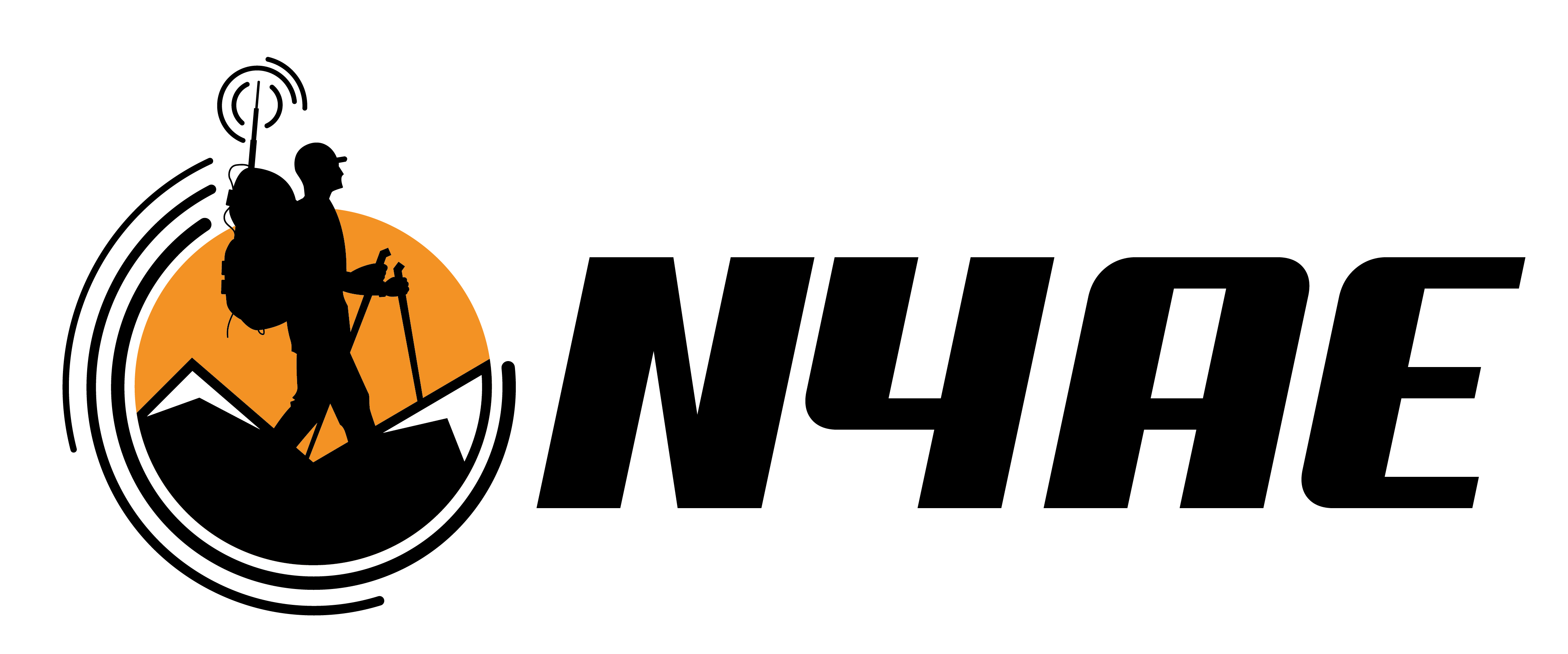Experimenting with the #HamRadio Wilderness Protocol
After the Titanic sunk in 1914, nations of the world required ships at sea to maintain a mandatory safety watch on certain radio frequencies in the event of emergency or distress. The Silence Periods took place four times an hour, twice each for voice and Morse code.
Silence periods are no longer required because technology has produced alternative automatic watch-keeping systems.
Just as Morse code was fading in the mid-1990s, the American Radio Relay League proposed the Wilderness Protocol as a way for hikers and campers to call for help in remote areas before mobile cell phone coverage became ubiquitous.
The idea is good, but, as Bob Witte writes, “overly complex for practical use.”
On a recent hike of the Shabbona Trail here in Illinois, I gave the Wilderness Protocol a try. Rather than listen at specific times, as the ARRL recommends, I maintained a continuous watch on 52.525 MHz, 146.52 MHz, 223.5 MHz, and 446.0 MHz.
I also monitored two strong repeaters located in Morris, Illinois.
Before my hike, I announced on the Illinois Ham email reflector when I would be hiking and where I would have my radio tuned. I admitted my low power radio would make simplex communication difficult, but asked people to call me anyway.
I worked four stations using the Morris repeaters but no one on the Wilderness Protocol simplex frequencies during my six hour hike.
I called CQ at the top and bottom of the hour on 52.525 MHz and 146.52 MHz, the two frequencies with the best chance of a band opening during the morning hours.
Either no one heard me, or no one was monitoring.
David Coursey has a practical critique of the protocol that I agree with.
Coursey writes,
If we promote ham radio as an emergency resource, it must be a dependable resouce, no disappointment of the public or fellow hams allowed. Especially when lives are at stake.
And if lives are really at stake, buy a SPOT or similar device and everyone — you, friends, family, even me — will sleep more soundly knowing you aren’t depending on ham help that is unlikely to be there when needed.
Food for thought.




















Hello KC4LMD Not by chance they are using other frequencies on the digital mode, and so you do not have realizate QSO
That could be an issue, yes. However, I suspect that the problem was more related to my low power handheld radio and being far away from other base stations.
It is also a departure from the base station and difficult to intercept a signal
You raise an excellent issue. Realistically, in 99.99% of the country, your chance of being heard
by anyone on 146.52 using a handheld is just about nil.
Maybe we should try to establish something to deal with that issue.
Today, there is a huge network of APRS digipeaters that blanket huge areas of the country, including areas where I would not expect coverage. These digis are linked via RF and the Internet
to a common server, so GPS data is collected in a common online database. Two-way messaging is
supported, too.
Maybe we should come up with a voice equivalent of APRS. We could have receivers monitoring a common simplex frequency, feeding audio to a central conference server that could be monitored via the Internet. Perhaps some way could be set up to do two way voice messaging, perhaps with a voice recognition system?
I have 146.52 programed into the scan of all of my 2m radios. I know others do too because I’ve had many QSOs on that freq. I’ve answered some CQs and made some, often times with success but not always. In the wilderness your chances of someone answering you are much less because there are not so many potential listeners.
That’s why I figure that carrying an HT in the wilderness is only good if I can hit a repeater. Fortunately, repeater coverage is not shabby in the U.S. If I’m going to be somewhere I know there isn’t repeater coverage I take a pocket sized HF radio like my MTR3b. It’s still ham radio for emergency use and the chances of somebody answering an S.O.S. call on 20 or 40 meters I figure are pretty good even at QRP levels.